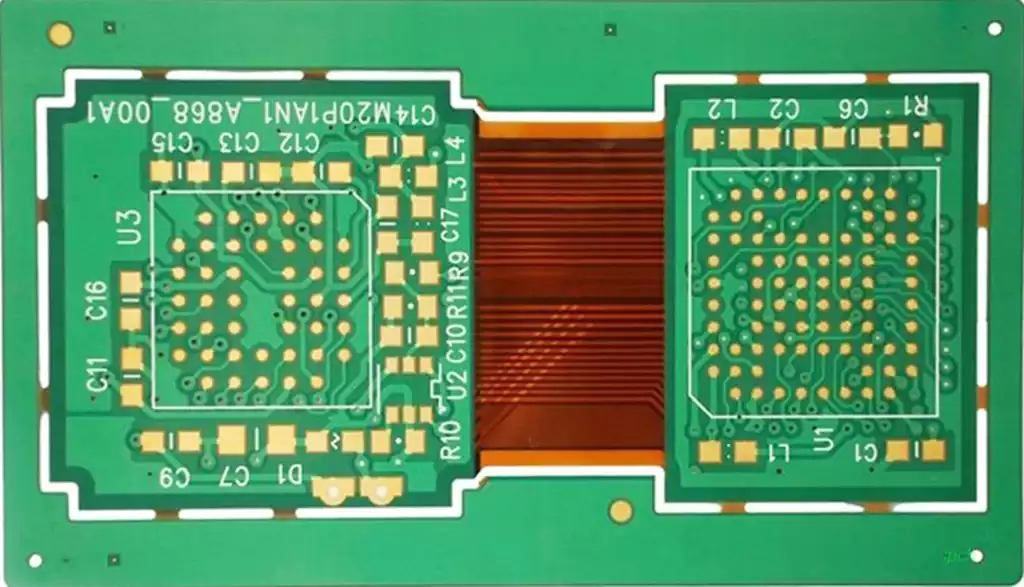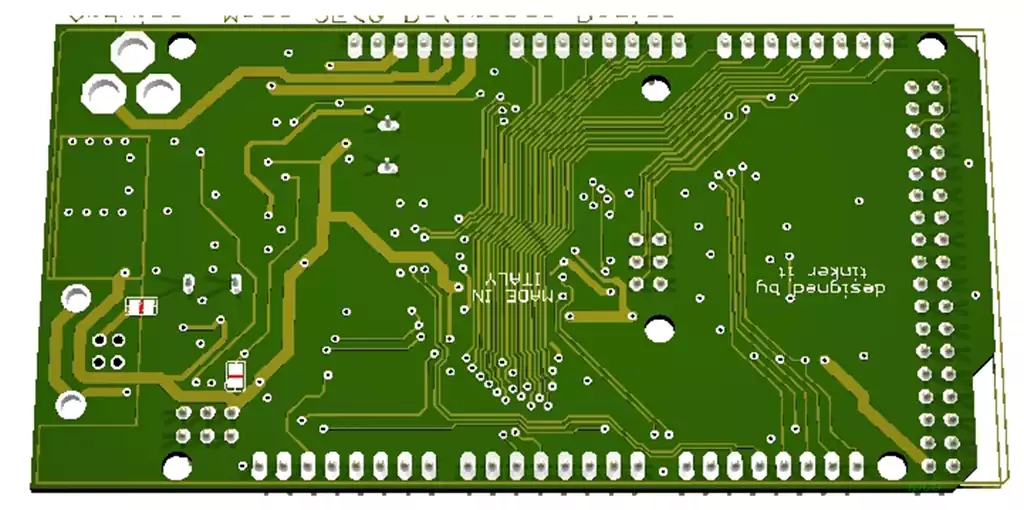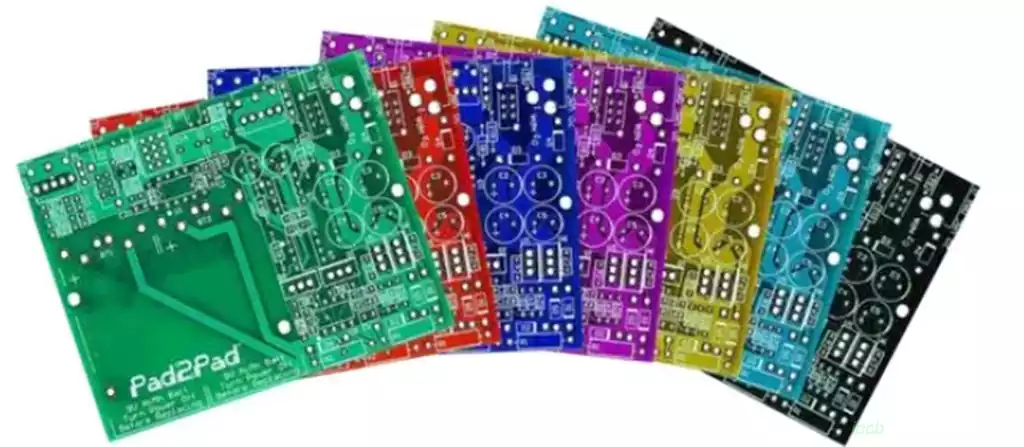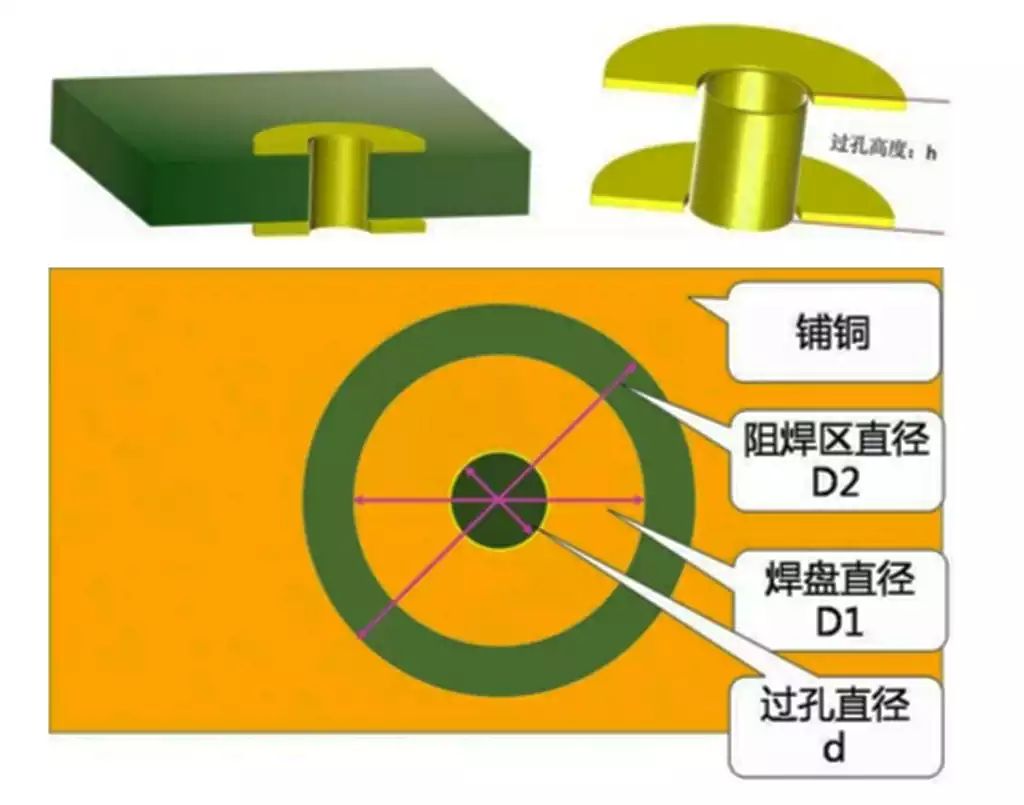PCB dimension tolerance refers to the PCB manufacturing process, due to a variety of reasons resulting in the actual size and design size of the deviation between the range. The size of this tolerance range directly affects the PCB assembly accuracy, electrical performance and the reliability of the final product. Therefore, strict control of PCB dimensional tolerances is essential to ensure the overall performance of electronic products.
PCB external dimensional tolerances of the standard mainly depends on the board thickness and size.
When the board thickness is less than or equal to 1.0 mm, the tolerance is ± 0.1 mm. If the board thickness is between 1.0 and 1.6 millimeters, the tolerance is ±0.14 millimeters; between 1.6 and 2.0 millimeters, the tolerance is ±0.18 millimeters; between 2.0 and 2.4 millimeters, the tolerance is ±0.22 millimeters; between 2.4 and 3.0 millimeters, the tolerance is ±0.25 millimeters; and when it exceeds 3.0 millimeters, the tolerance is ±10%.
For length-width dimensions, the tolerance is ±0.2 mm if the dimension is less than or equal to 300 mm, and ±0.3 mm if the dimension exceeds 300 mm. The tolerance for all gouge areas within the plate is ±0.13 mm.
For CNC gong plate profile tolerances, the conventional standard is ±0.15 mm. Dimensional tolerances for board width or length with V-cut are ±0.3 mm. The tolerance for die-punch form factor is ±0.1 mm.
In addition, the pad size is not less than 0.3 mm on one side and the hole-to-edge distance is at least 1.0 mm to ensure that the punched board does not break. It is important to consider tolerances when designing PCBs to ensure proper electronic component mounting and board reliability.
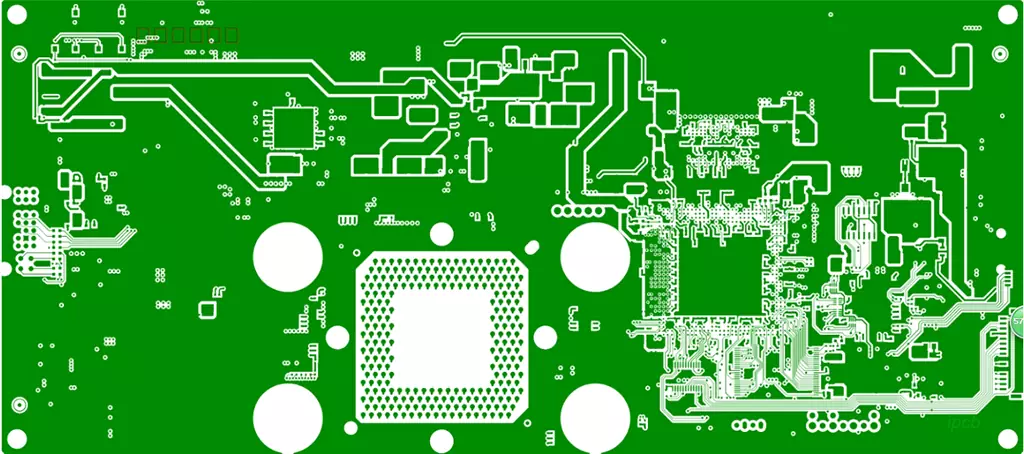
Analysis of key factors affecting PCB dimensional tolerances
- Material Factors
Substrate material: The physical properties of PCB substrate materials have a direct impact on dimensional tolerances. Different materials have different coefficients of thermal expansion, modulus of elasticity and other parameters, and changes in these parameters will affect the dimensional stability of the PCB in high or low temperature environment.
Copper foil thickness: Copper foil is the main material for carrying circuits on PCB boards, and the uniformity and consistency of its thickness has an important impact on the dimensional tolerance of PWB. The thickness deviation of copper foil will lead to the accumulation of errors in drilling, etching and other process steps. - Process factors
Cutting process: PCB cutting process is one of the key steps in the manufacturing process. The precision of the cutting equipment, tool sharpness, cutting speed and other factors will affect the dimensional accuracy of the printed circuit board. In addition, the thermal effect of the cutting process may also lead to dimensional changes.
Drilling process: Drilling is another important process step in PCB manufacturing and is used to form through-holes and mounting holes on the board. Factors such as the accuracy of the drilling equipment, the quality of the drill bit, the drilling speed and pressure all affect the accuracy and dimensional tolerances of the holes.
Etching process: Etching is a critical step in forming PCB circuit board patterns. Etching process of chemical corrosion rate, etching solution concentration and temperature and other factors will affect the width and shape of the circuit line, thus affecting the PCB size tolerance. - Equipment factors
Processing equipment accuracy: PCB manufacturing process using a variety of processing equipment (such as cutting machines, drilling machines, etching machines, etc.) the accuracy of the circuit board size tolerance has a direct impact. Improvement of equipment accuracy can reduce the error in the processing, improve the dimensional accuracy of circuit boards.
Equipment maintenance: Long-term operation of the equipment will lead to wear and aging, which in turn affects the processing accuracy. Therefore, regular maintenance and repair of equipment is an important measure to ensure the accuracy and stability of equipment. - Environmental factors
Temperature: temperature is one of the important factors affecting PCB dimensional tolerances. In a high-temperature environment, PCB substrate materials will undergo thermal expansion, resulting in dimensional changes. Therefore, in the manufacturing process need to strictly control the ambient temperature to reduce the thermal effect on the dimensional tolerances.
Humidity: Humidity also affects the dimensional tolerance of the circuit board.High humidity environment,PCB substrate materials are prone to moisture absorption and expansion, resulting in dimensional changes. Therefore,a suitable humidity environment needs to be maintained during the manufacturing process.
In the electronics manufacturing industry, PCB dimensional tolerance control is an important part of ensuring product quality and performance. From material selection, process control to equipment maintenance, every detail is related to the accuracy and stability of PCB dimensions.
